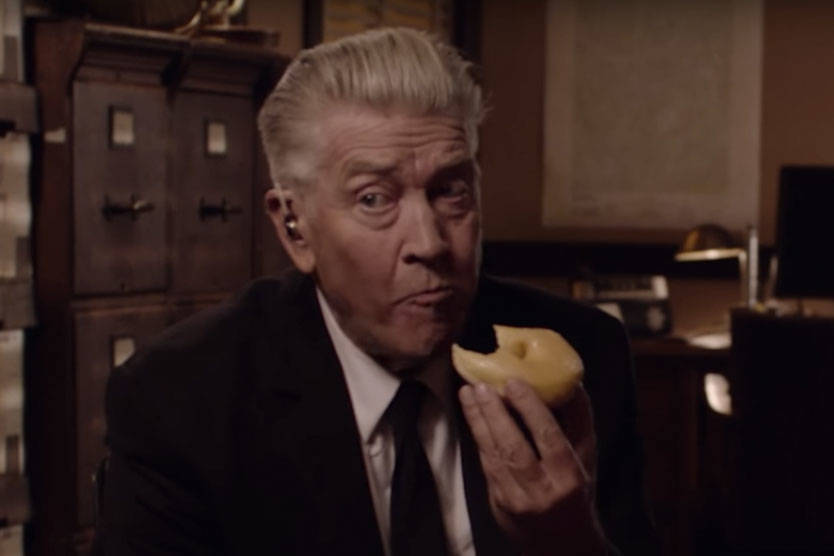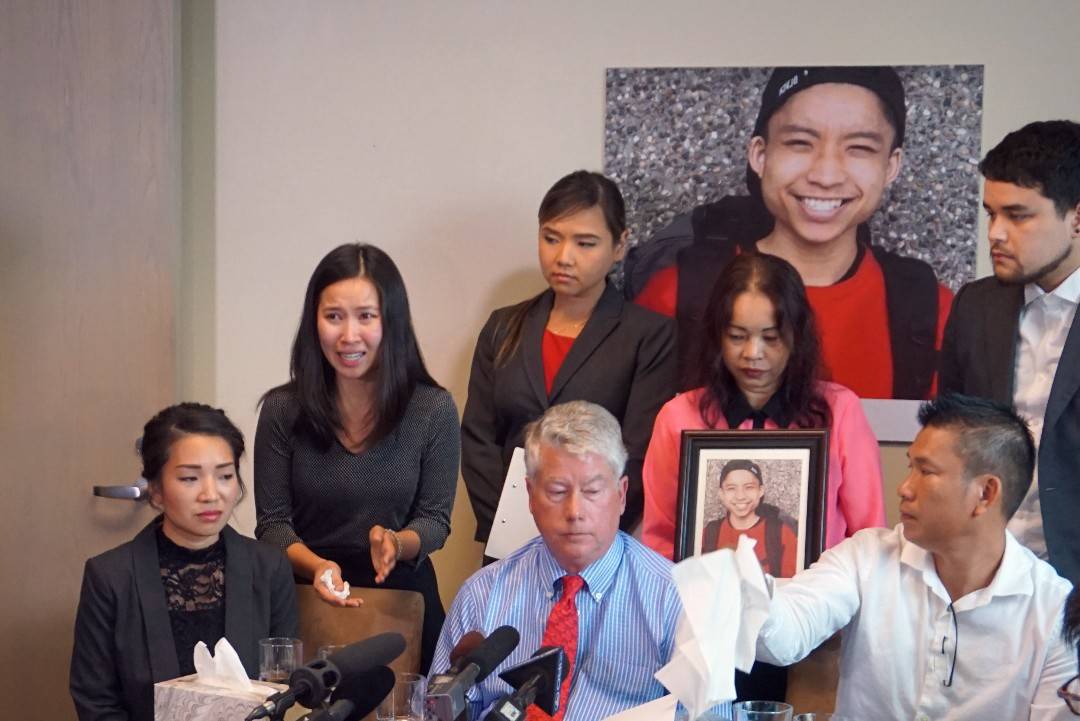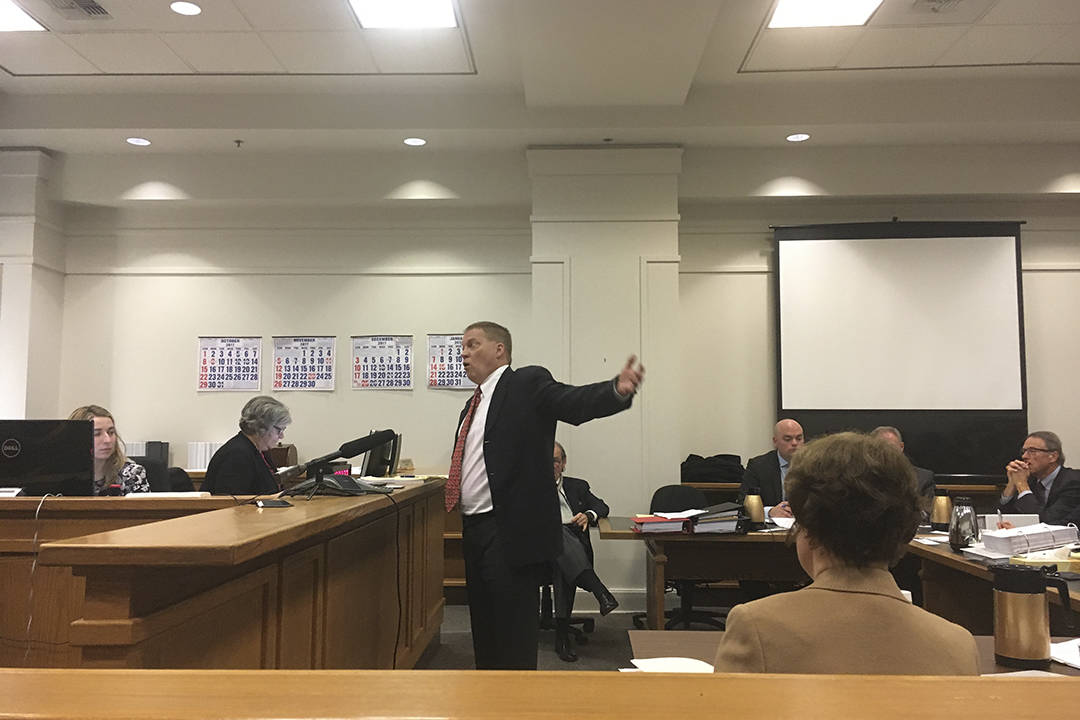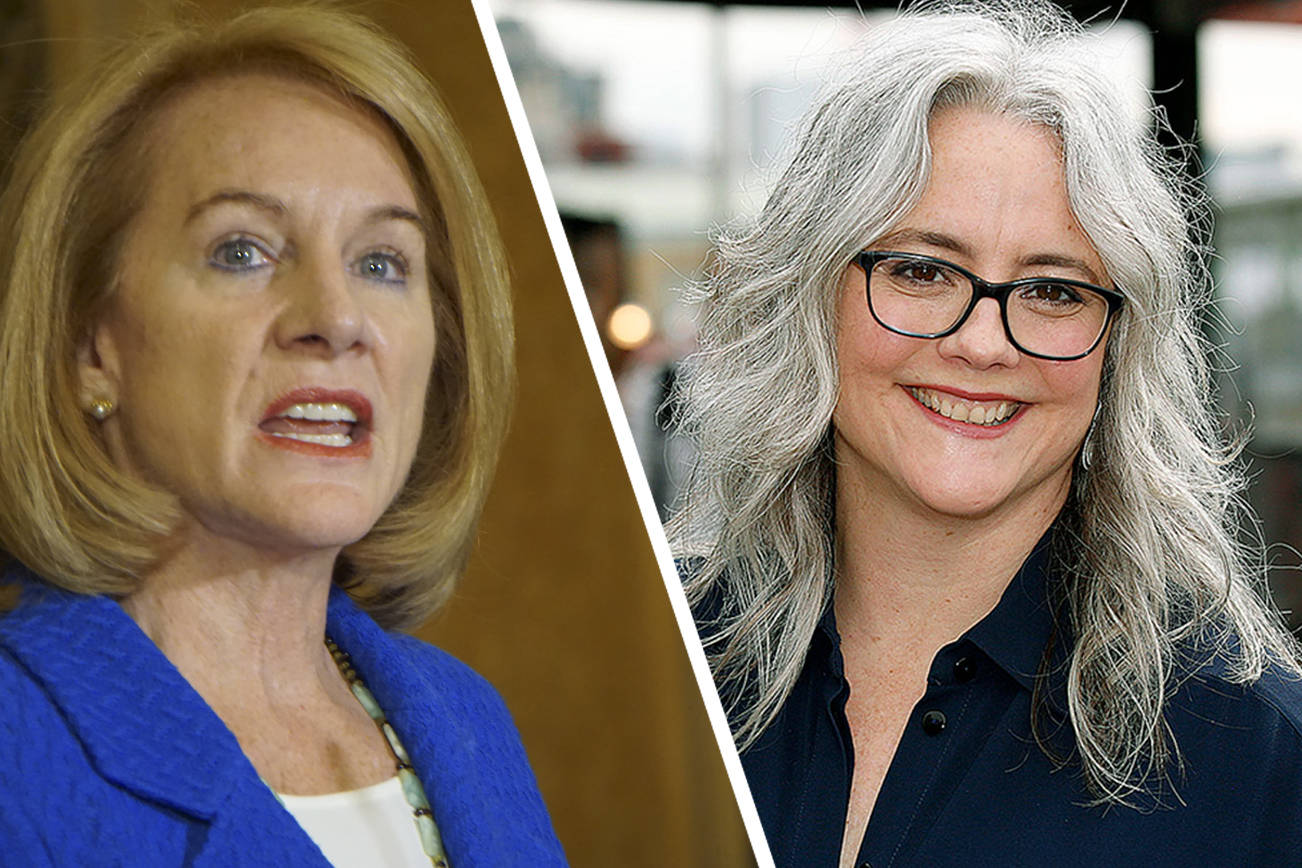I was in an email chain a few years back when the subject turned to “Twin Peaks.”
“It was set right outside of Seattle,” one person noted.
Au contraire, I politely replied. A careful reading of the script clearly places the fictional town of Twin Peaks in Eastern Washington, way Eastern Washington, north of Spokane and hard against Idaho.
The indignation could be felt through the keypad. Did I not know about the diner in North Bend, the Twin Peaks diner that still serves coffee and pie to hungry devotees to the show? Did I not grasp that the sublime cascade set beside Ben Horne’s hotel, so mournfully falling in the opening credits, was Snoqualmie Falls? No matter that I was right, I let it drop.
To be fair, North Bend has some claim on “Twin Peaks,” just as Roslyn has some claim on “Northern Exposure.” Parts of the show were filmed there, and both the cafe and waterfall are iconic. But for the people to whom these things matter, these things matter. And the fact of the matter is that just as “Northern Exposure” was set in Alaska, “Twin Peaks” was set in Eastern Washington, somewhere around Metaline Falls. With the May 21 return of the show fast approaching, the facts bear repeating. So here goes:
Like Springfield in “The Simpsons,” the show’s creators obviously wanted to keep the exact location of Twin Peaks vague enough that they could invoke plotlines and scenery that would otherwise be completely out of place (literally). One of the first sounds we hear on the entire show is a foghorn blowing. I might be wrong, but I don’t think any of those exist on the Pend Oreille River, nor even Lake Roosevelt (then again, where a foghorn might blow around North Bend is anyone’s guess). Nor can the sweeping shots of highways backdropped by towering mountains be ignored.
Yet the screenwriters provide what amount to GPS coordinates to Twin Peaks just 30 minutes into the pilot, when FBI Special Agent Dale Cooper notes to his tape recorder that he’s arrived in town, located 5 miles south of the Canadian border and 12 miles west of the state line. Thanks to the Pacific Ocean, the only place in Washington that borders both another state and another country is Northeast Washington. He also notes that he got lunch along Highway 2 at a place called Lewis Fork, which must be a play off Clark Fork (be it the Idaho river or the Idaho town). To further cement the fact that this is an Eastern Washington locale, we later learn that Cooper took a commuter flight from Seattle to Spokane then drove the rest of the way to get to Twin Peaks. No location west of the Cascades would justify such an itinerary. And while Twin Peaks is an invented name, the real place-names invoked later in the series are far more Inland Northwest than Cascadia. Laura Palmer, whose murder is the driving mystery of the show, has family in Missoula. A prime suspect has an alibi in having been locked up in Hungry Horse, Montana, at the time of the crime. Sheriff Harry S. Truman worries that he’s lost one of his deputies to the “Kalispel Woods” (the Kalispel Tribe’s reservation isn’t too far south of Metaline Falls).
It must be noted that show creator David Lynch was no stranger to the region: He was born in Missoula and spent his childhood in Sandpoint and Spokane.
Does any of this really matter to the show? Probably not. The “Northern Exposure” comparison is flawed in that that show was about living in Alaska far more than “Twin Peaks” was about living in Washington, east or west.
But just as Matt Groening did in 2012 when he finally revealed that Springfield, Oregon, was the basis for the Simpsons’ fictional hometown, perhaps the new episodes will bring some clarity to where Twin Peaks is. If they do, Metaline Falls might have to open a diner catering to the show’s cultlike following. Pie and coffee, damn good coffee.
A version of this story originally appeared in the Spokesman-Review in 2014. Following its publication, the mayor of Metaline Falls wrote Person a letter thanking him for the long-overdue recognition. You can send your thanks to dperson@seattleweekly.com








